At 500px amazing photography is at our core, but these photos would not be possible without the talented people behind the lens. The 500px Spotlight series highlights the global and diverse photographers that are part of the 500px Community.
This week we are excited to introduce you to Licensing contributor and food photographer, Kristina Shavratskaya.
Kristina Shavratskaya is a Minsk-based still-life photographer, whose creative and stylized approach captures the vibrant colors and rich textures of different flowers, food, and drinks, creating a stunning Licensing Portfolio reminiscent of classic still life paintings.
Can you tell us a bit about your journey as a photographer, and what inspired you to pick up a camera?
I started to get involved in photography, after graduating from school, when my parents gave me my first camera. I was always inspired by beautiful pictures of nature, food, and people, and I wanted to learn how to take pictures in the same way and create beautiful shots. Unfortunately, at the time, I felt that I was not good enough at it, and I abandoned this hobby.
I graduated from university, worked for some time as an HR manager, and after a while returned to photography. I was inspired to pick up the camera again by my dog, he became my first model.
How did you first become interested in food photography, and what would you consider your biggest challenge when stepping into such a popular genre of photography?
I was in my third year of school when my teacher introduced us to food photography. I was inspired by all the beautiful photos of other photographers’ works that we saw in class, and I realized that I wanted to develop my practice in this direction.
Early on, I realized that with this genre, you need to work quickly as the food doesn’t last long. Prepping and preparing for your shoots ahead of time is important because any delays or hiccups can take up time, and many dishes are time-sensitive. You may find yourself having to redo everything several times.
Can you give us insight into how you conceptualize your shoots? What inspires you, and how do you go about styling your shots to bring your ideas to life?
I always plan the shoot in advance—think over the composition and make a list of products and props to bring my ideas to life. Most often, the search for products takes a lot of time. As a rule, I go to around three to four stores in order to find the most beautiful and high-quality products for the frame. Then, I pick the background, set the lights (using only one light source and reflectors/dimmers in my compositions), prepare the food, and frame the shot. All the details that I add to the frame must be justified and combined within the composition.
My favorite source of creative inspiration is nature, because the beauty in nature is limitless—it is an eternal source of inspiration. For example, a walk in the park or a trip to the forest helps me relax, gain energy, and bring various ideas to life.
Props can be great tools for elevating photography, though continuously adding props to your collection can become expensive and at times the perfect prop can be difficult to find. Do you have any tips or tricks for sourcing and collecting props?
Props are important for a food photographer, because they help to create the right mood in the frame, and makes the photo interesting and varied.
There is a universal set of props that will be useful for both a novice photographer and a professional:
1. Choose a background based on how many compositions you will use it for. The background is the base of your frame, it should look expensive. To get started, choose backgrounds in neutral, soothing shades that will perfectly adapt to any composition.
2. Tableware—if you still don’t know what style you like to shoot in, then choose a basic set of dishes in neutral colors. They should have a calm and preferably matte texture, since it will be more difficult to work with glossy surfaces. Match the prop tableware to what you already have to allow you to combine them with each other and gradually complicate the compositions. Choose smaller plates so you use less space and it’s easier to create a story in the frame.
3. Cutlery, including a variety of spoons, forks, knives, dessert spoons, teaspoons, etc. It is advisable to have at least two pieces of tableware and cutlery for each photo so the frame can be made more interesting. Vintage pieces also look very good in the frame, you can find some of them from your grandparents or buy them at flea markets at nice prices.
4. Use textiles made from natural materials in calm and neutral shades: white, gray, beige.
5. Use natural props. Very often in my compositions, I use natural props, such as cinnamon, star anise, coarse sea salt, spices, etc. Such props always give the desired effect in the final composition and serve as a wonderful decoration.
In a market as saturated as food photography, it is important to develop your own style and approach. Your Portfolio stands out to us for your creative use of motion and your intricate setups that utilize both foreground and background elements. How do you define your style and why is it specific to you?
I don’t have any particular style, I mostly like to shoot artistic shots in a low key—with the main subject properly exposed and darker objects around it. I like to create a story in the frame and for the viewer to read into, and become transported into, the story.
You seem to have mastered depth of field within your photography. We love how your images have laser-sharp subjects with a shallow depth of field in the background. What lenses and equipment do you shoot with most?
I use a Canon 5D Mark IV, I have two lenses—a Canon 100mm 2.8L and a Canon 50mm 1.8 STM, but most of the time I use the 100mm lens. Regarding lighting equipment, I use one light source—Godox AD 400Pro.
Overly processed images can deter image buyers and make subjects, such as food, look fake or less appealing. Your post-production methods showcase your images as natural, finessed, and vibrant! What are three tips you could share with beginner food photographers in regards to post-production?
Shoot in Camera Raw format—this will allow you to correct errors during post-production when transferring an image to a photo editor. You can easily correct exposure, white balance, etc.
Carefully use filters when processing food photos, excessive use of filters can make the photo look unnatural and not appetizing.
Don’t go overboard with saturation and contrast. Shoot in such a way that post-processing is minimal.
Color, texture, and light are incredibly important to food photography. Which is your favorite element to play with and why?
I like to create complex compositions. I like to take shots that incorporate visual flair like levitation, splashes, etc. Using such techniques makes the picture more visually dynamic and interesting.
Seasonal imagery makes for great Licensing content. Your Portfolio features some amazing seasonal images, how do you feel this helps to diversify your Portfolio?
Seasonal images allow me to use natural props in my work, such as flowers, leaves, branches of various trees, bushes, etc., which allows me to make the photo more naturalistic, lively, and engaging.
Many photographers feel that identifying and following trends is essential for success in Licensing. How important are trends to you? How do you stay on top of rising food trends?
Understanding and studying trends are very important for me, as I License my work as stock images. You need to constantly study and follow the photography market, monitor trends, and understand what buyers need in a given period in order to successfully sell your photos.
Not on 500px yet? Click here to sign up.


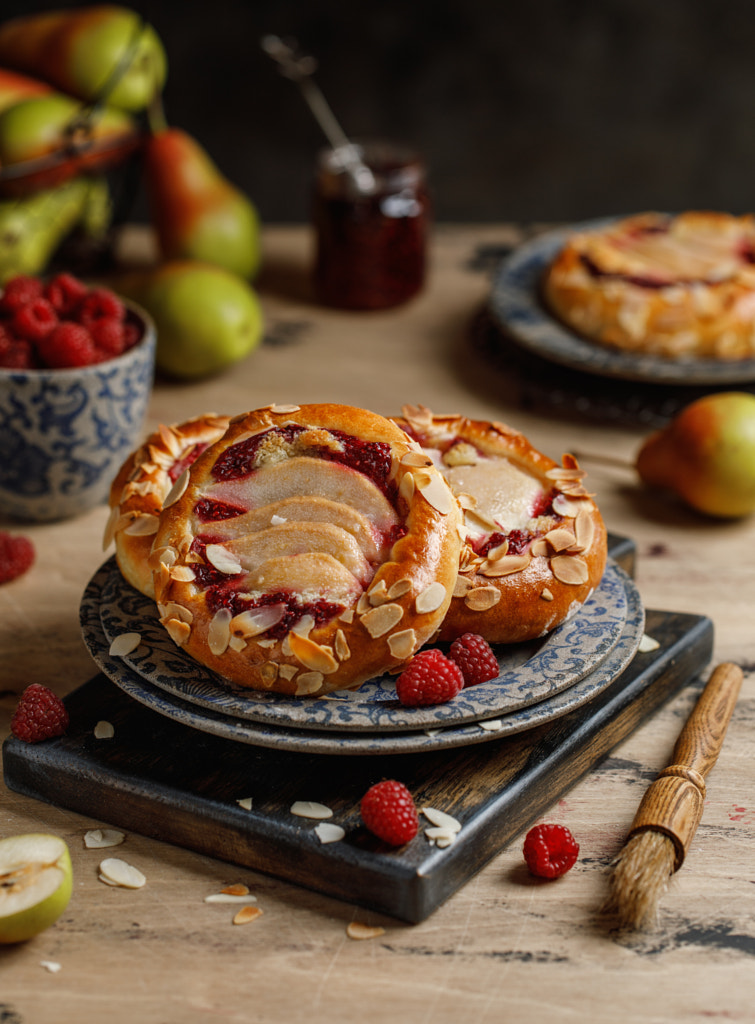
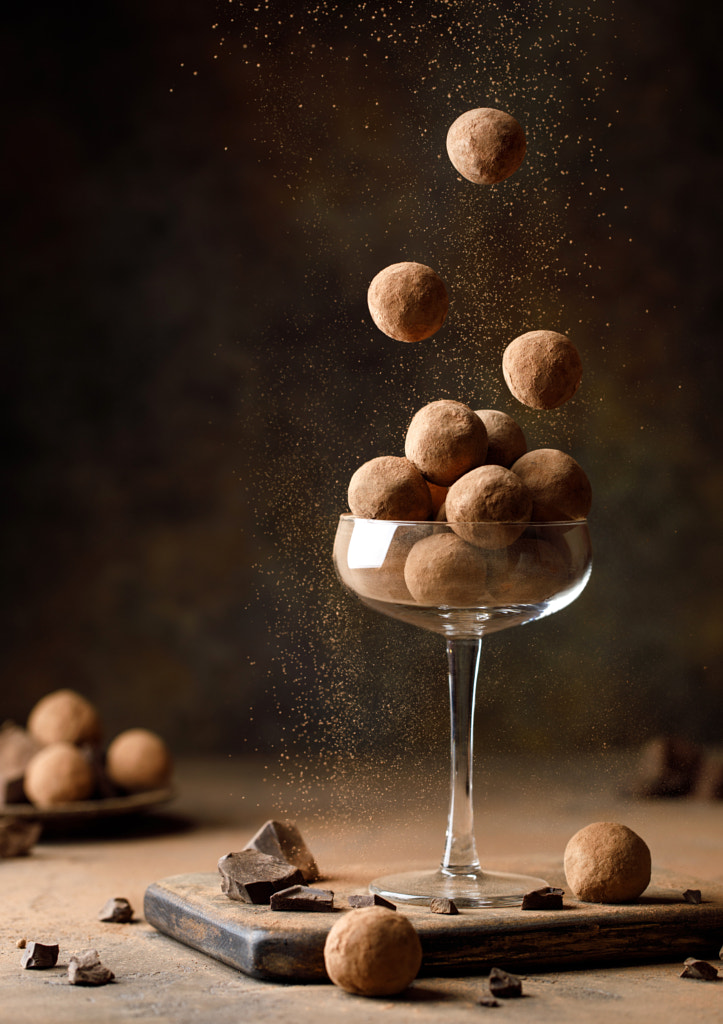

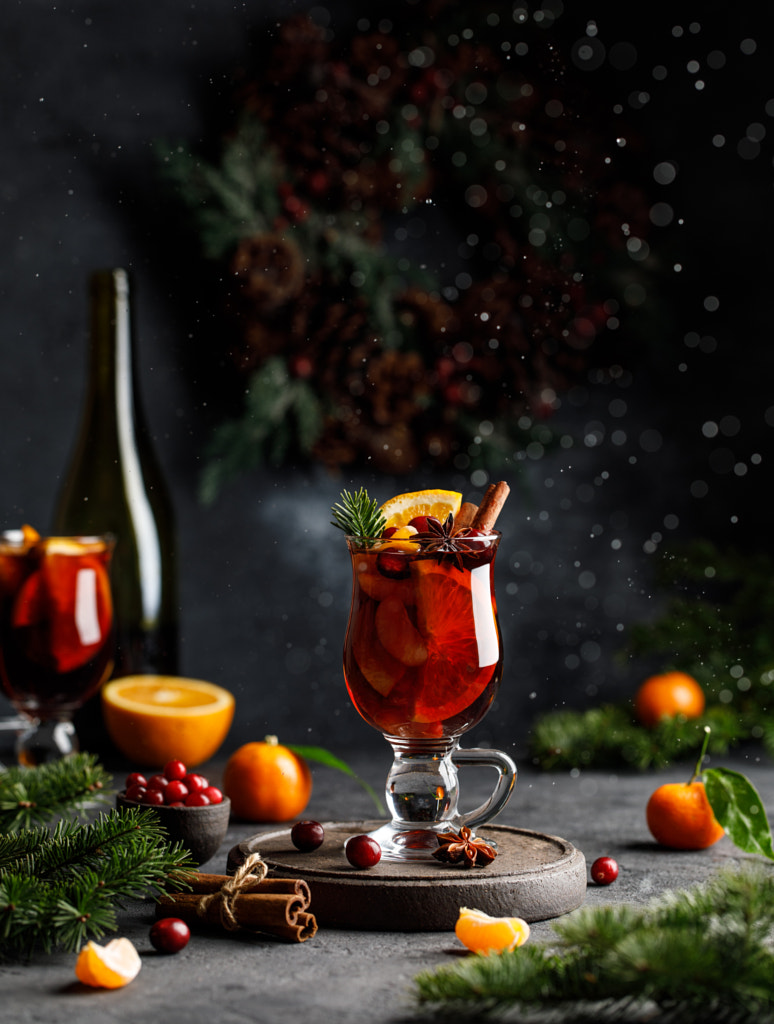
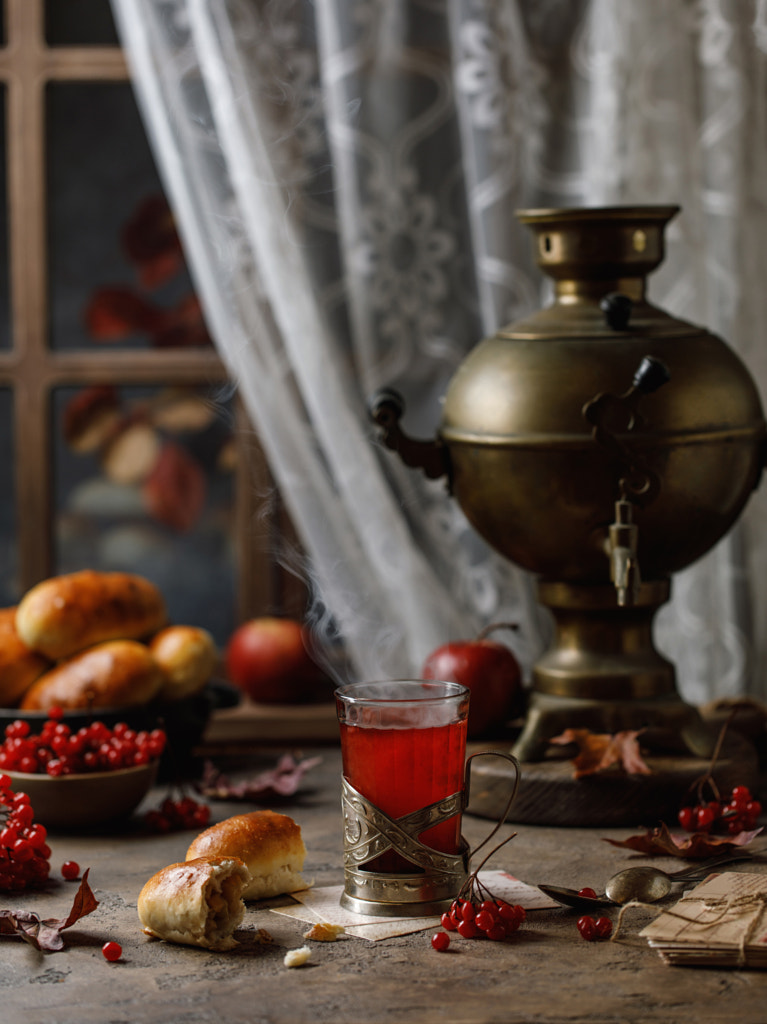
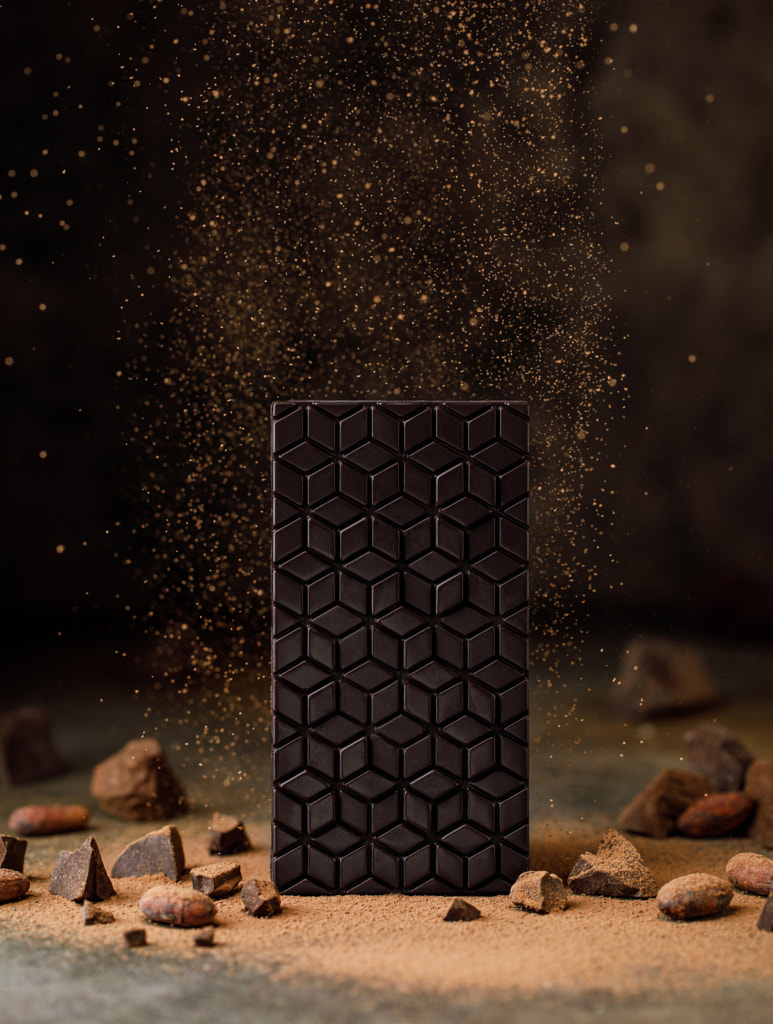


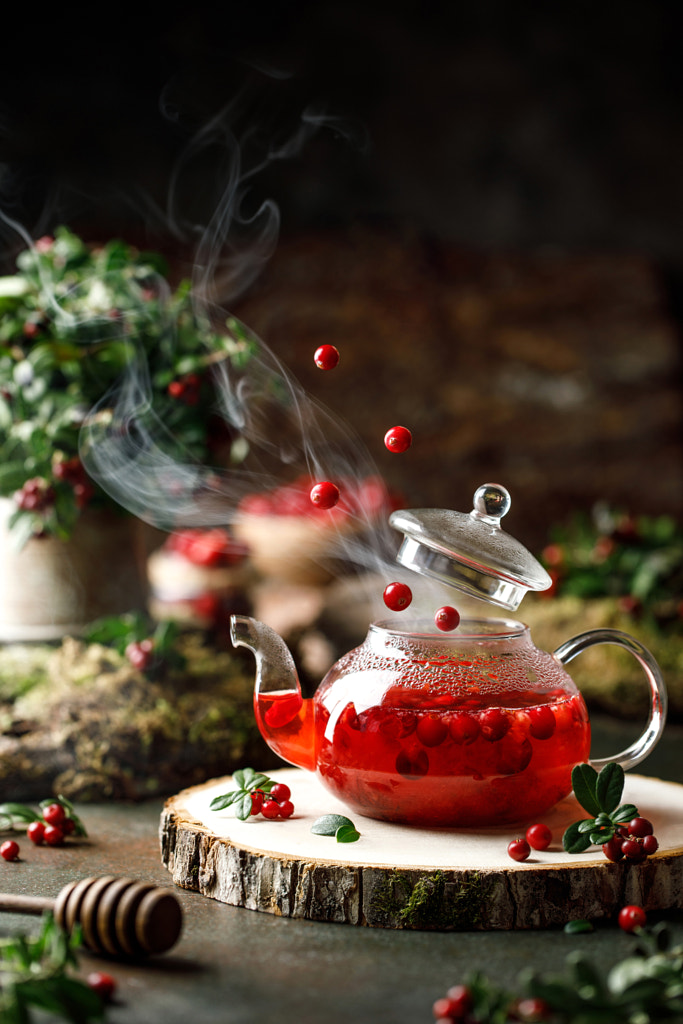


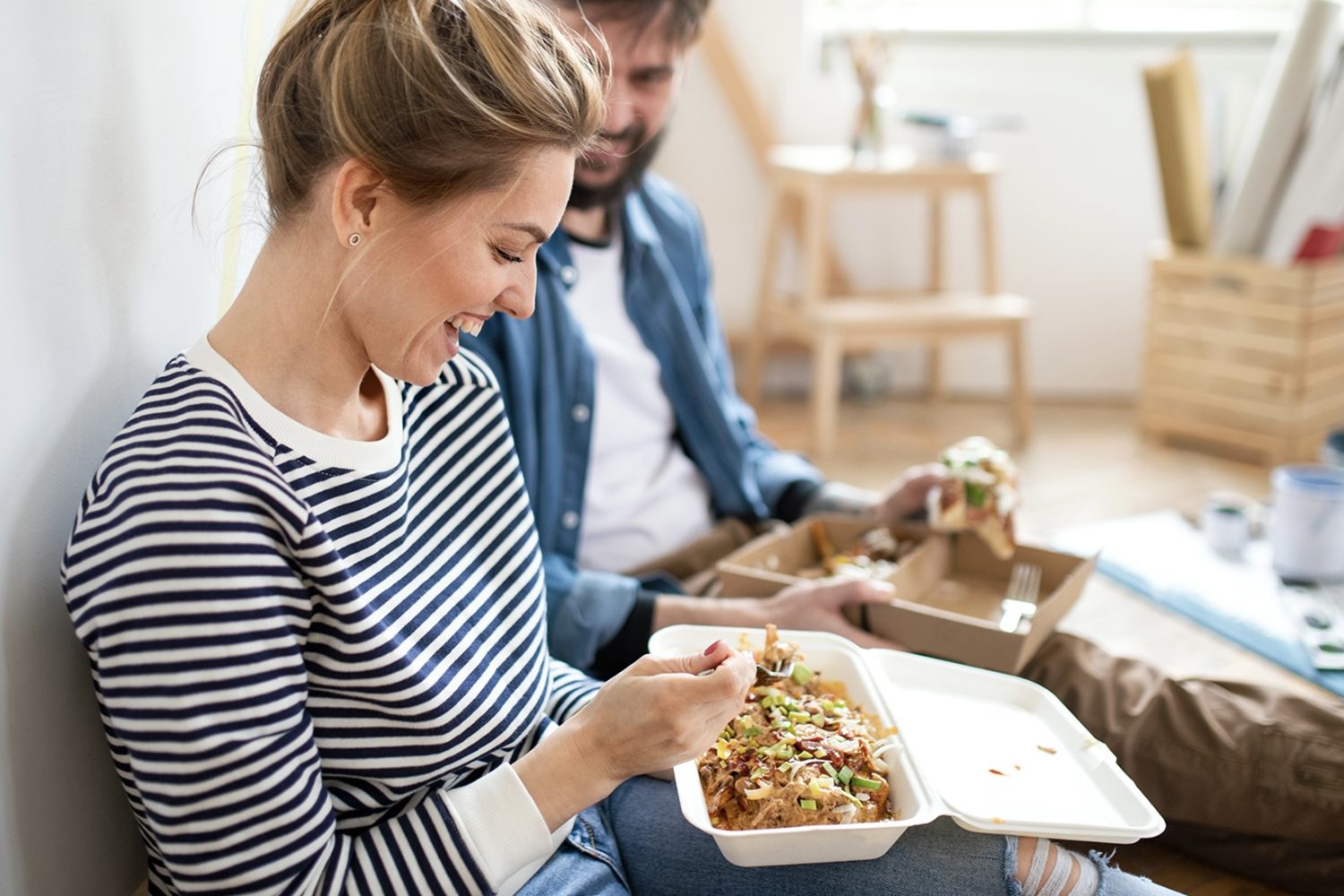
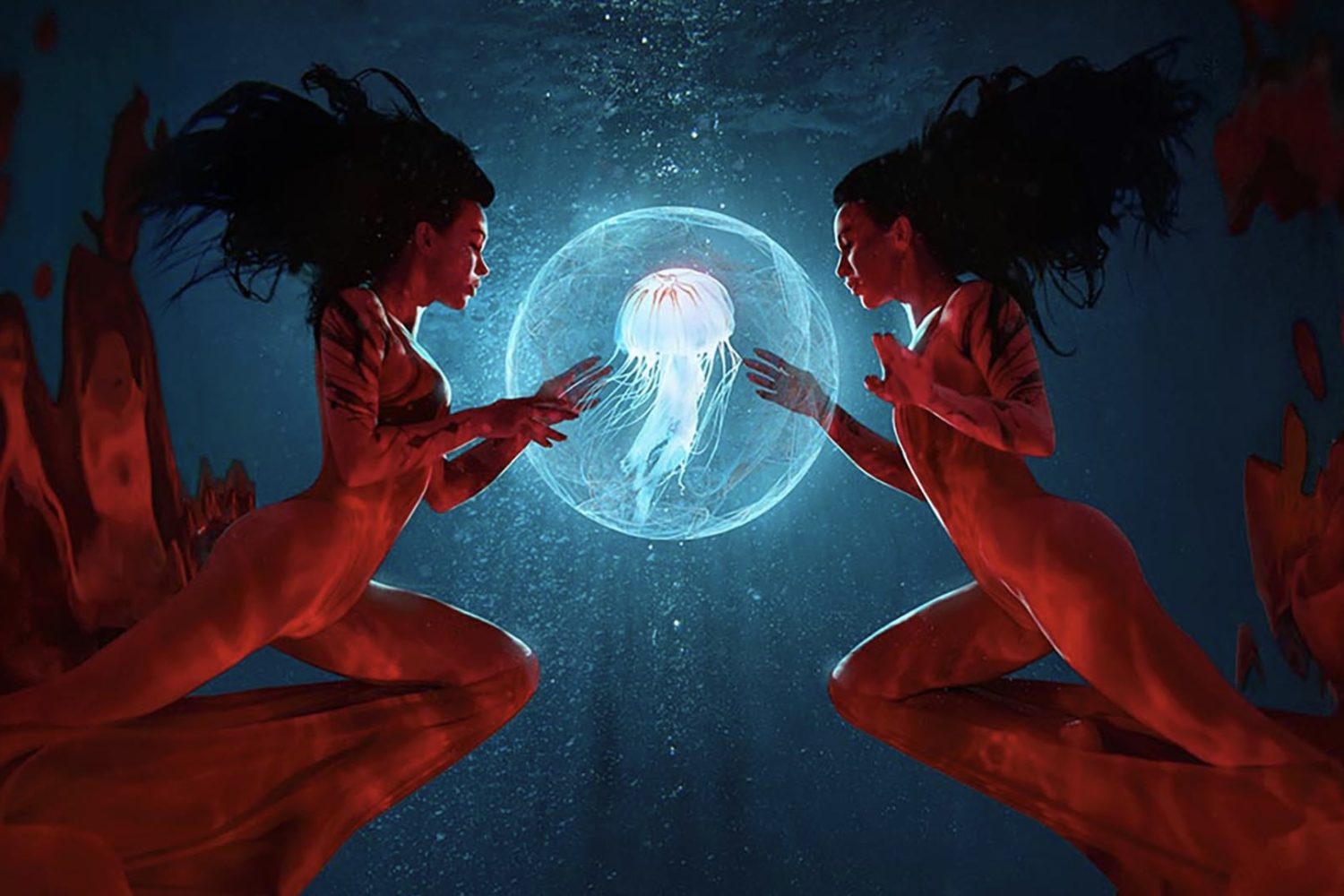
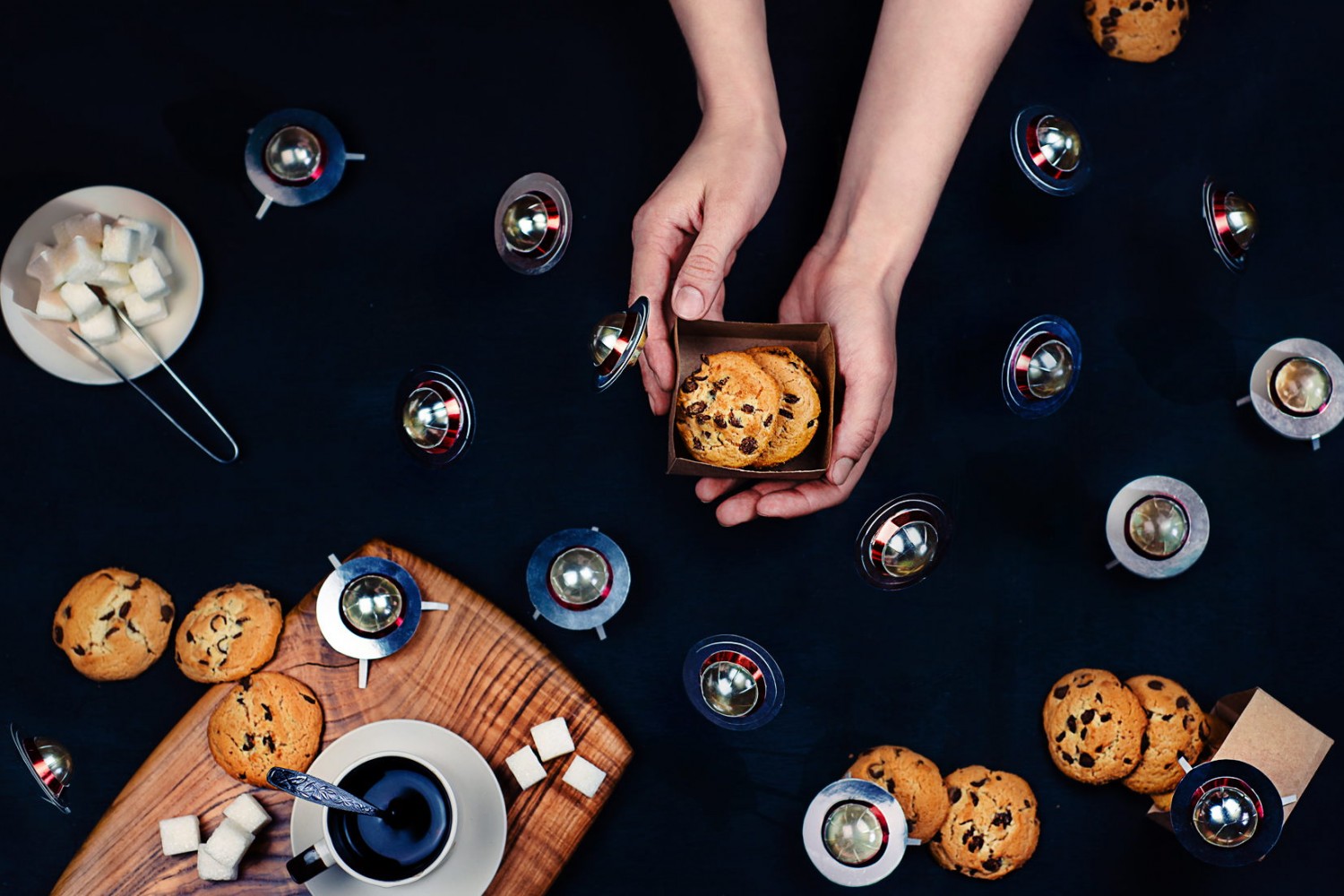


Leave a reply